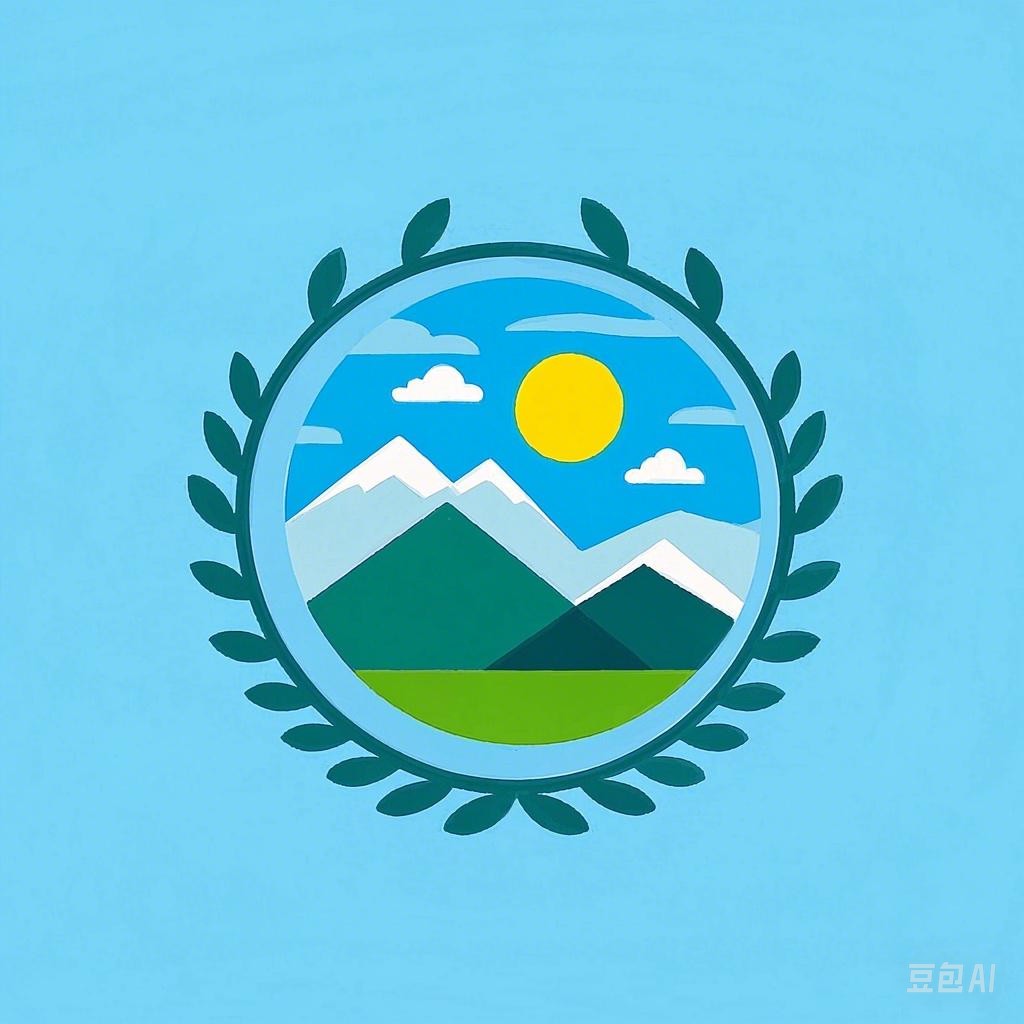Introduction
Iceland, often referred to as the land of fire and ice, is a destination that captivates travelers with its stunning landscapes, vibrant culture, and unique experiences. This comprehensive guide will take you through the essentials of planning an unforgettable Icelandic adventure, from the best time to visit to the must-see attractions and activities that will leave you in awe.
Planning Your Icelandic Adventure
When to Go
Iceland’s weather is unpredictable, but the best time to visit for optimal conditions is during the summer months, from June to August. During this period, the country experiences the midnight sun, and the days are long, making it ideal for outdoor activities. However, winter brings its own magic with the Northern Lights and snow-covered landscapes.
Summer (June to August)
- Pros: Long daylight hours, warmest temperatures, and peak tourist season.
- Cons: Higher prices, crowded attractions, and potential for rain.
Winter (December to February)
- Pros: Lowest prices, off-peak tourist season, and the chance to see the Northern Lights.
- Cons: Cold temperatures, shorter daylight hours, and limited outdoor activities.
How to Get There
The Keflavik International Airport is the main gateway to Iceland. Once you arrive, you can rent a car or use public transportation to explore the country. It’s recommended to rent a 4x4 vehicle during the winter months due to the challenging road conditions.
Must-See Attractions
The Golden Circle
The Golden Circle is a popular tourist route that includes three of Iceland’s most iconic attractions: the Gullfoss waterfall, the Geysir geothermal area, and Thingvellir National Park.
Gullfoss Waterfall
- Description: One of the most powerful waterfalls in the world, Gullfoss cascades over two levels into a deep crevice.
- Activities: Hiking, photography, and educational tours.
Geysir Geothermal Area
- Description: Home to the famous Strokkur geyser, which erupts every 5-10 minutes.
- Activities: Geothermal bathing, photography, and exploring the area’s geothermal features.
Thingvellir National Park
- Description: A UNESCO World Heritage site, Thingvellir is where the North American and Eurasian tectonic plates meet.
- Activities: Hiking, boat tours, and exploring the historic site.
South Coast
The South Coast is known for its dramatic cliffs, black sand beaches, and stunning glaciers.
Seljalandsfoss Waterfall
- Description: One of the most photographed waterfalls in Iceland, Seljalandsfoss allows visitors to walk behind the falling water.
- Activities: Photography, hiking, and exploring the surrounding area.
Skógafoss Waterfall
- Description: Another popular waterfall, Skógafoss is known for its long drop and the legend of the hidden treasure.
- Activities: Photography, hiking, and exploring the nearby Skógafoss Museum.
Sólheimajökull Glacier
- Description: A large glacier located in the south of Iceland, offering guided tours and ice climbing experiences.
- Activities: Guided tours, ice climbing, and snowmobiling.
Westfjords
The Westfjords are a remote and rugged region with dramatic fjords, waterfalls, and wildlife.
Latrabjarg
- Description: Europe’s westernmost point and a nesting ground for thousands of puffins.
- Activities: Bird watching, hiking, and photography.
Hvítserkur
- Description: A striking stack of basalt columns, Hvítserkur is a popular spot for photography and whale watching.
- Activities: Photography, hiking, and whale watching.
Activities
Iceland offers a wide range of activities for adventure seekers, including hiking, glacier trekking, ice climbing, snowmobiling, and whale watching.
Hiking
- Popular Trails: Laugavegur, Landmannalaugar, and the Golden Circle.
- Guided Tours: Consider joining a guided tour for safety and expert knowledge.
Glacier Trekking
- Glaciers: Sólheimajökull, Vatnajökull, and Langjökull.
- Activities: Guided tours, ice climbing, and snowmobiling.
Northern Lights
- Best Viewing: September to April.
- Activities: Northern Lights tours, photography, and exploring the countryside.
Whale Watching
- Best Time: June to September.
- Species: Humpback whales, minke whales, and orcas.
- Activities: Boat tours, photography, and educational experiences.
Practical Tips
- Weather: Pack for all seasons, as Iceland’s weather can change rapidly.
- Accommodation: Book in advance, especially during peak tourist season.
- Safety: Stay on marked trails, follow local guidelines, and be prepared for emergencies.
- Photography: Bring a good camera and learn the basics of photography for the best shots.
Conclusion
Iceland is a destination that promises an adventure like no other. With its breathtaking landscapes, diverse wildlife, and unique experiences, it’s a place where memories are made. By following this comprehensive guide, you’ll be well-prepared to embark on an unforgettable Icelandic adventure.
